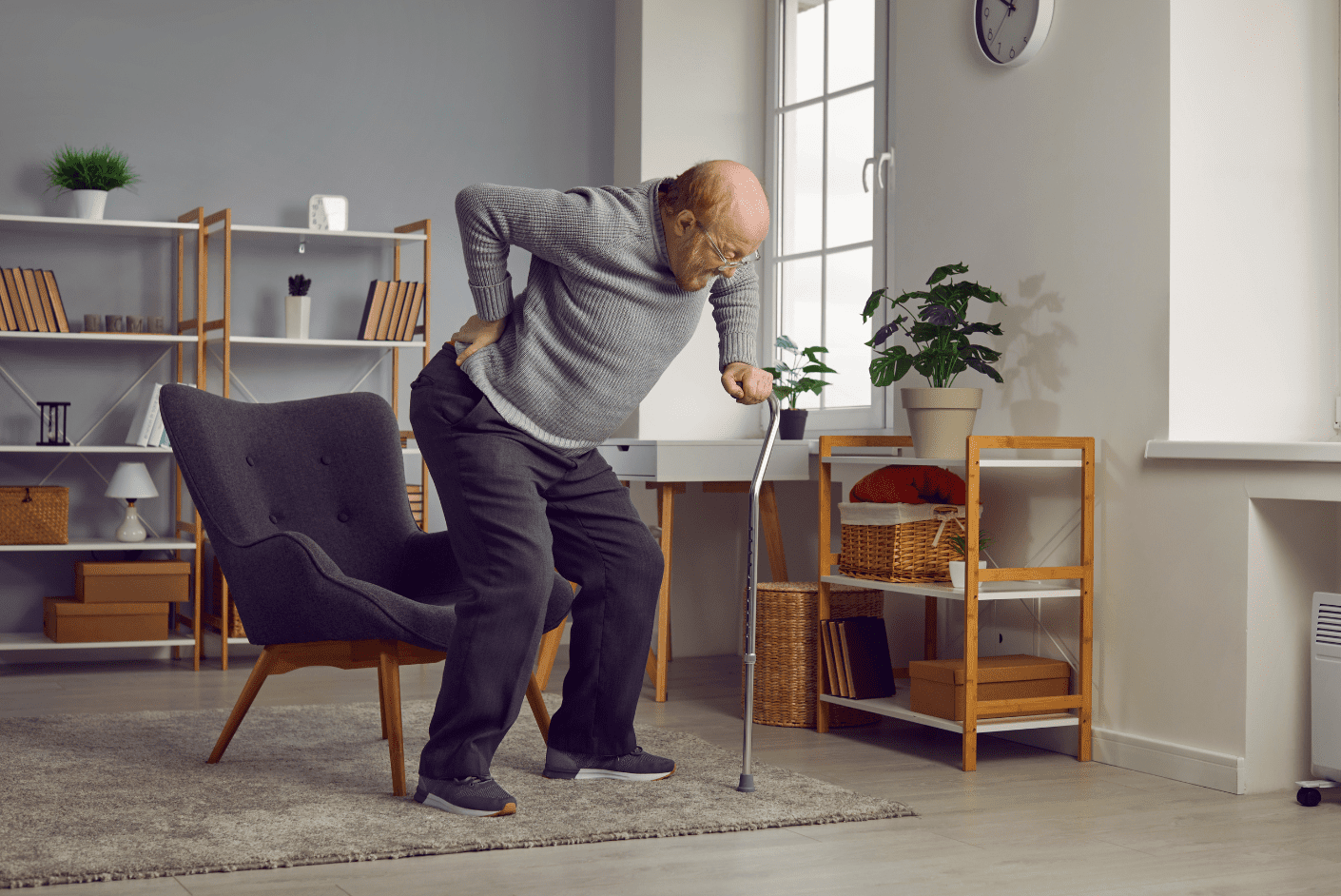As we age, maintaining a healthy spine becomes increasingly important to ensure mobility, reduce pain, and enhance overall quality of life. A strong and flexible spine can help prevent common issues like back pain, osteoporosis, and spinal stenosis. Here are six tips to keep the spine healthy in old age.
Tai Chi Chair Exercises
Tai Chi, a gentle form of martial arts that focuses on slow, deliberate movements and deep breathing, has been shown to improve balance, flexibility, and muscle strength. For seniors, Tai Chi chair exercises are particularly beneficial as they provide support and reduce the risk of falls. These exercises involve seated movements that mimic traditional Tai Chi forms, making them accessible for those with limited mobility. Regular practice can enhance spinal flexibility, reduce stiffness, and promote overall spinal health.
Good Posture
Maintaining good posture is crucial for spinal health. Poor posture can lead to spinal misalignment, increased wear and tear on spinal discs, and muscle strain. When sitting, ensure your feet are flat on the floor, your knees are at a right angle, and your back is straight. Use a chair with good lumbar support to maintain the natural curve of your spine. When standing, distribute your weight evenly on both feet and avoid slouching. Regularly correcting your posture can significantly reduce the risk of developing chronic back problems.
Regular Low-Impact Exercise
Staying active is essential for a healthy spine, but high-impact activities can harm aging joints and vertebrae. Opt for low-impact exercises like swimming, walking, or cycling. These activities promote cardiovascular health, improve muscle tone, and enhance spinal flexibility without putting undue stress on the spine. Regular exercise also helps maintain a healthy weight, reducing the strain on your back.
Strengthen Core Muscles
A strong core is vital for spinal stability and support. Core muscles include the abdominal muscles, obliques, lower back muscles, and the pelvic floor. Strengthening these muscles can reduce the burden on your spine and help prevent back injuries. Simple exercises such as seated leg lifts, pelvic tilts, and gentle yoga poses can be highly effective. Consistently incorporating core strengthening exercises into your routine can enhance balance and protect your spine.
Healthy Diet
Nutrition plays a significant role in maintaining a healthy spine. To support bone health, ensure your diet is rich in calcium and vitamin D. Foods like dairy products, leafy green vegetables, and fortified cereals are excellent sources of calcium. Vitamin D can be obtained through sunlight exposure, fatty fish, and fortified foods.
Quality Sleep and Restorative Positions
Quality sleep is essential for spinal health. Ensure your mattress and pillows provide adequate support, promoting proper spinal alignment. Sleeping on your back with a pillow under your knees or on your side with a pillow between your knees can help maintain the natural curves of your spine. Avoid sleeping on your stomach, as it can strain your neck and back. Additionally, incorporate regular rest periods throughout your day, especially if you engage in activities that strain your back. Allowing your spine to rest and recover can prevent overuse injuries and promote long-term health.
Take Home
Maintaining a healthy spine in old age requires a multifaceted approach that includes exercise, posture, nutrition, and proper rest. Incorporating Tai Chi chair exercises, practicing good posture, engaging in low-impact activities, strengthening your core, eating a balanced diet, and prioritizing restorative sleep can significantly enhance spinal health and overall well-being. By adopting these tips, seniors can enjoy a more active, pain-free, and fulfilling life.

